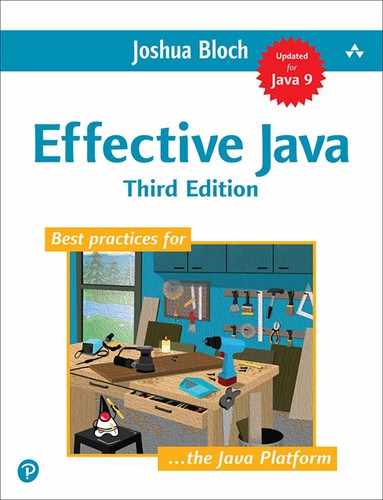Foreword
IF a colleague were to say to you, “Spouse of me this night today manufactures the unusual meal in a home. You will join?” three things would likely cross your mind: third, that you had been invited to dinner; second, that English was not your colleague’s first language; and first, a good deal of puzzlement.
If you have ever studied a second language yourself and then tried to use it outside the classroom, you know that there are three things you must master: how the language is structured (grammar), how to name things you want to talk about (vocabulary), and the customary and effective ways to say everyday things (usage). Too often only the first two are covered in the classroom, and you find native speakers constantly suppressing their laughter as you try to make yourself understood.
It is much the same with a programming language. You need to understand the core language: is it algorithmic, functional, object-oriented? You need to know the vocabulary: what data structures, operations, and facilities are provided by the standard libraries? And you need to be familiar with the customary and effective ways to structure your code. Books about programming languages often cover only the first two, or discuss usage only spottily. Maybe that’s because the first two are in some ways easier to write about. Grammar and vocabulary are properties of the language alone, but usage is characteristic of a community that uses it.
The Java programming language, for example, is object-oriented with single inheritance and supports an imperative (statement-oriented) coding style within each method. The libraries address graphic display support, networking, distributed computing, and security. But how is the language best put to use in practice?
There is another point. Programs, unlike spoken sentences and unlike most books and magazines, are likely to be changed over time. It’s typically not enough to produce code that operates effectively and is readily understood by other persons; one must also organize the code so that it is easy to modify. There may be ten ways to write code for some task T. Of those ten ways, seven will be awkward, inefficient, or puzzling. Of the other three, which is most likely to be similar to the code needed for the task T' in next year’s software release?
There are numerous books from which you can learn the grammar of the Java programming language, including The Java™ Programming Language by Arnold, Gosling, and Holmes, or The Java™ Language Specification by Gosling, Joy, yours truly, and Bracha. Likewise, there are dozens of books on the libraries and APIs associated with the Java programming language.
This book addresses your third need: customary and effective usage. Joshua Bloch has spent years extending, implementing, and using the Java programming language at Sun Microsystems; he has also read a lot of other people’s code, including mine. Here he offers good advice, systematically organized, on how to structure your code so that it works well, so that other people can understand it, so that future modifications and improvements are less likely to cause headaches—perhaps, even, so that your programs will be pleasant, elegant, and graceful.
Guy L. Steele Jr.
Burlington, Massachusetts
April 2001
